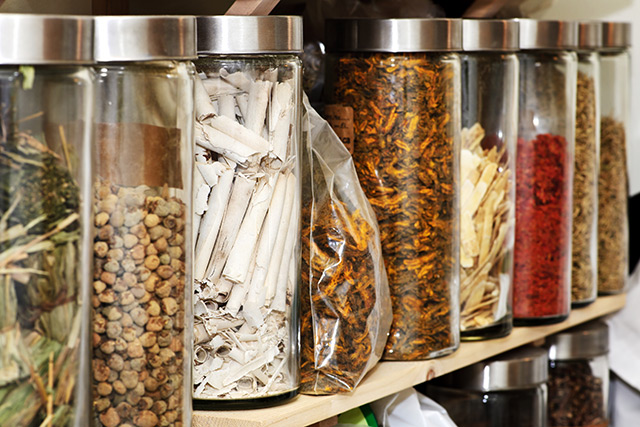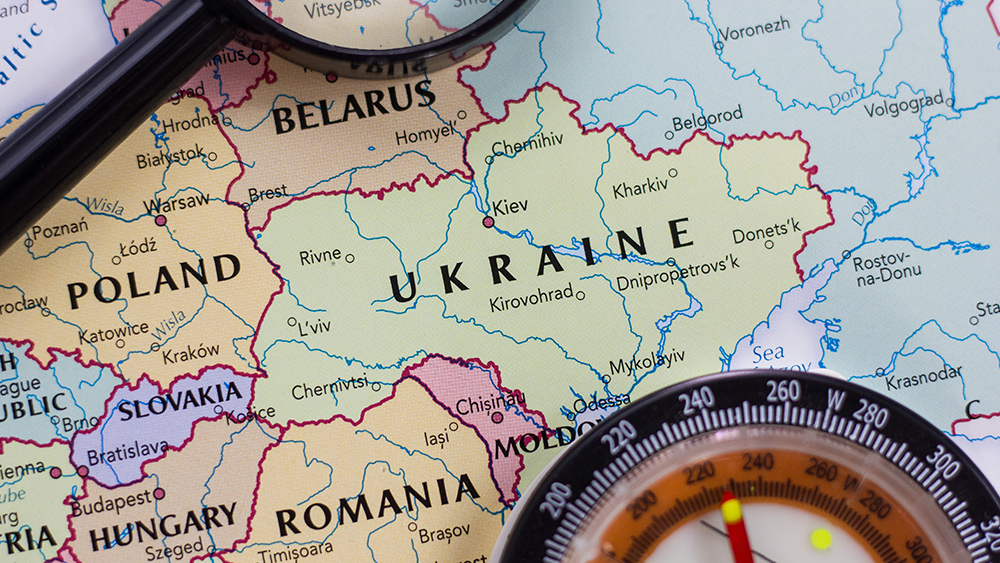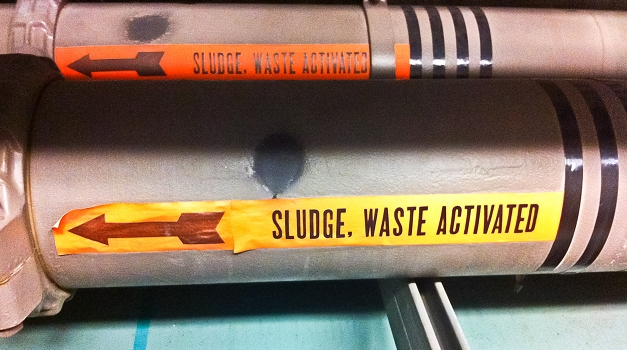 Parler
Parler Gab
Gab
- Limited Ban of Red Dye No. 3: The FDA has banned the synthetic food color additive Red Dye No. 3, but manufacturers have until January 15, 2027, to sell off their existing stock, continuing to expose consumers to a known neurotoxin for nearly two more years.
- Inadequate and Delayed Action: The FDA's ban on Red Dye No. 3 is criticized for its narrow scope and delayed implementation, suggesting a pattern of negligence in addressing the widespread use of carcinogenic food dyes in various products.
- Other Harmful Dyes Remain Unregulated: Multiple other synthetic dyes such as Red 40, Yellow 5, Yellow 6, Blue 1, and others are still permitted, despite being linked to cancer, hypersensitivity reactions, and ADHD, highlighting the need for broader regulatory action.
- Call for Natural Alternatives: Critics advocate for the use of natural and organic food colorants derived from plants and herbs, as synthetic dyes provide no nutritional benefits and pose significant health risks. They argue for stricter testing and oversight by regulatory authorities to protect public health.
Are your kids eating industrial-based petroleum by-products? Are you?
Are your kids eating industrial-based petroleum by-products? Did you grow up consuming these carcinogens? We should all be able to sue the FDA for negligence. Think about it. These industrial-based dyes were in almost every category of kid’s food, beverages, candy, and over-the-counter medications. There are thousands and thousands of products for sale for consumption right now in the USA that contain known carcinogenic dyes, just as bad for your health as FD&C Red No. 3, and you’ll probably NEVER see them get banned, since it took the FDA (Food and Drug Adulterators) 30 years to ban just one color. Here we go with a list of synthetic, cancer-driving and ADHD-fueling dyes that will remain on the market for decades.- Red 40: Synthetic dye linked to ADHD
- Yellow 5: A dye that has been found to be contaminated with carcinogens and has been linked to hypersensitivity reactions
- Yellow 6: A dye that has been found to be contaminated with carcinogens and has been linked to hypersensitivity reactions
- Blue 1: A dye that has been linked to hypersensitivity reactions
- Allura Red AC: A primary food dye that is a sodium salt
- Tartrazine: Also known as FD&C Yellow 5, this dye has been linked to hypersensitivity reactions
- Amaranth: A water-soluble dye that ranges in color from dark red to purple
- Orange B: An FDA-approved dye that can be used in hot dog and sausage casings
Why do some vaccine-injured people wake up – but others don’t?
By News Editors // Share
By Lance D Johnson // Share
Health Ranger Report: Drs. Ardis and Ealy reveal the HIDDEN WAR on natural healing
By Kevin Hughes // Share
CIA busy polishing its Ukraine legacy
By News Editors // Share
Forever chemicals in farmland sludge threaten health, EPA admits
By Cassie B. // Share
Governments continue to obscure COVID-19 vaccine data amid rising concerns over excess deaths
By patricklewis // Share
Tech giant Microsoft backs EXTINCTION with its support of carbon capture programs
By ramontomeydw // Share
Germany to resume arms exports to Israel despite repeated ceasefire violations
By isabelle // Share










